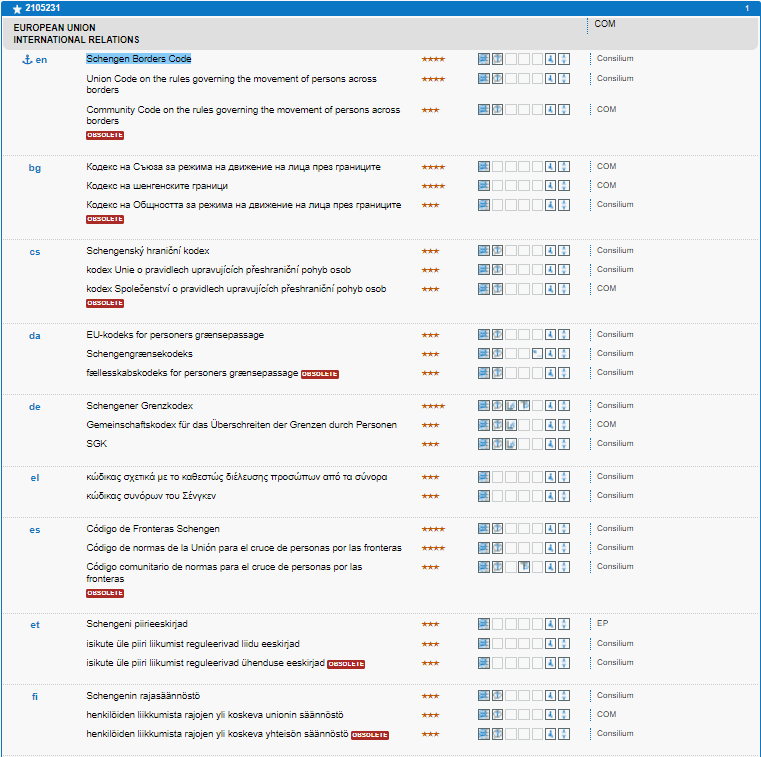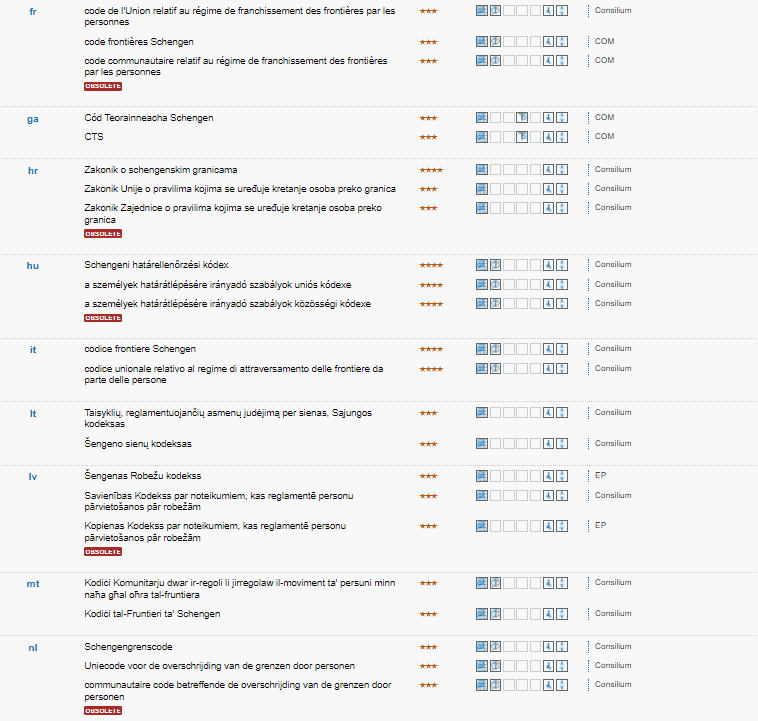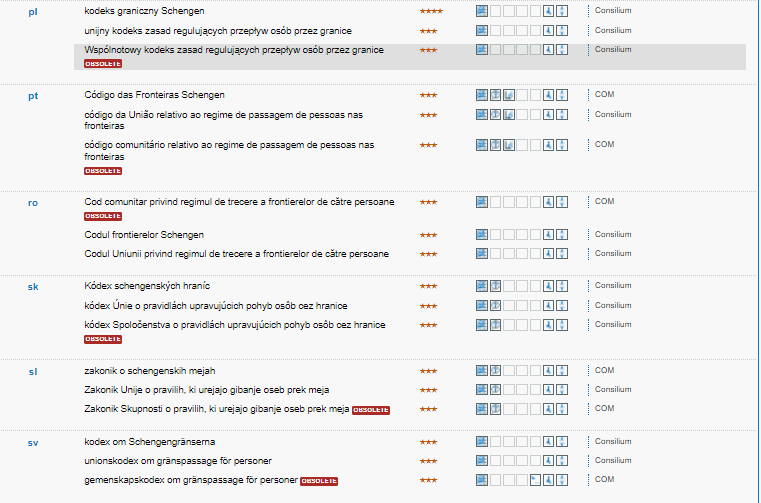The Schengen Borders Code is the guideline to conduct the rules and measures in the Schengen Area and is translated in all of the official languages of the European Union.



The Schengen Area covers 26 countries from the European zone, which decided in 1985 to abolish the border controls between them. The agreement was signed on the 14 June 1985 in the town of Schengen, Luxembourg. On that day, only five countries signed it: Belgium, France, Germany, the Netherlands and Luxembourg. Now, the signatory countries of this agreement include: Austria, Belgium, Czechia, Denmark, Estonia, Finland, France, Germany, Greece, Hungary, Iceland, Italy, Latvia, Liechtenstein, Lithuania, Luxembourg, Malta, the Netherlands, and Norway. Among them, four countries are not members of the European Union: Switzerland, Liechtenstein, Iceland and Norway. On the contrary, some member states of the European Union are not a part of the Schengen Area, such as Bulgaria, Romania, Croatia, Cyprus and Ireland. The three small states of Andorra, Monaco, and Vatican City are not included either.
The Schengen Area facilitates travelling for the citizens of the European Union because they do not need to present any proof of identity to cross the border. It is also a way for these countries to implement common measures and to work together on security issues. Passports and ID documents are still checked for the non-EU travellers or for the European travellers whose countries are not included in the agreement.
In case of a very dangerous threat or any other very special occasion, the Schenger Borders Code allows the member states to apply border control as long as it is needed. In this sense, each country still has the right to apply national rules if it is necessary to preserve public security. Each member of the Schengen Area can take this decision but the European Commission also has the prerogative to evaluate whether this measure is relevant or not.
This question was a central concern when the pandemic of Covid-19 started, back in the beginning of 2020. At the time, many European countries from the Schengen Area chose to close their borders with their neighbours in order to prevent further spread of the virus. The Covid-19 strongly disrupted the main principle of the Schengen Area but now that the pandemic is more under control, the borders are reopening again although each country can impose their own rules regarding travelling when it comes to this very specific issue.
This year, some proposals were made to modify the agreement and to reintroduce mild measures and border control in order to adapt the agreement to the current topics and security issues in the European Union. The Schengen Area remains a symbol of the cooperation between the members of the European Union and the goal towards a common security policy.
References:
EUR-Lex – 32016R0399 – EN – EUR-Lex. 2022. EUR-Lex – 32016R0399 – EN – EUR-Lex. [ONLINE] Available at: https://eur-lex.europa.eu/legal-content/EN/TXT/?uri=celex%3A32016R0399. [Accessed 04 August 2022].
Migration and Home Affairs. 2022. Schengen Borders Code. [ONLINE] Available at: https://home-affairs.ec.europa.eu/pages/glossary/schengen-borders-code_en. [Accessed 04 August 2022].
Oxford Academic. 2022. The Schengen Borders Code: Securitized Admission Criteria as the Centrepiece of Integrated Border Management—Instilling Ambiguity. [ONLINE] Available at: https://academic.oup.com/book/8785/chapter-abstract/154934452?redirectedFrom=fulltext. [Accessed 4 August 2022].
PICUM. 2022. The new draft Schengen Borders Code risks leading to more racial and ethnic profiling PICUM .[ONLINE] Available at: https://picum.org/the-new-draft-schengen-borders-code-risks-leading-to-more-racial-and-ethnic-profiling/. [Accessed 04 August 2022].
Statewatch | EU: Reform of the Schengen Borders Code: Presidency compromise text. 2022. Statewatch | EU: Reform of the Schengen Borders Code: Presidency compromise text. [ONLINE] Available at: https://www.statewatch.org/news/2022/may/eu-reform-of-the-schengen-borders-code-presidency-compromise-text/. [Accessed 04 August 2022].

Written by Cécile Mayeres
She holds a Master’s degree in Translation and Cross-Cultural Communication with a specialization in European mobility. She now does a traineeship in Communication at the Terminology Coordination Unit.

